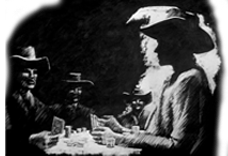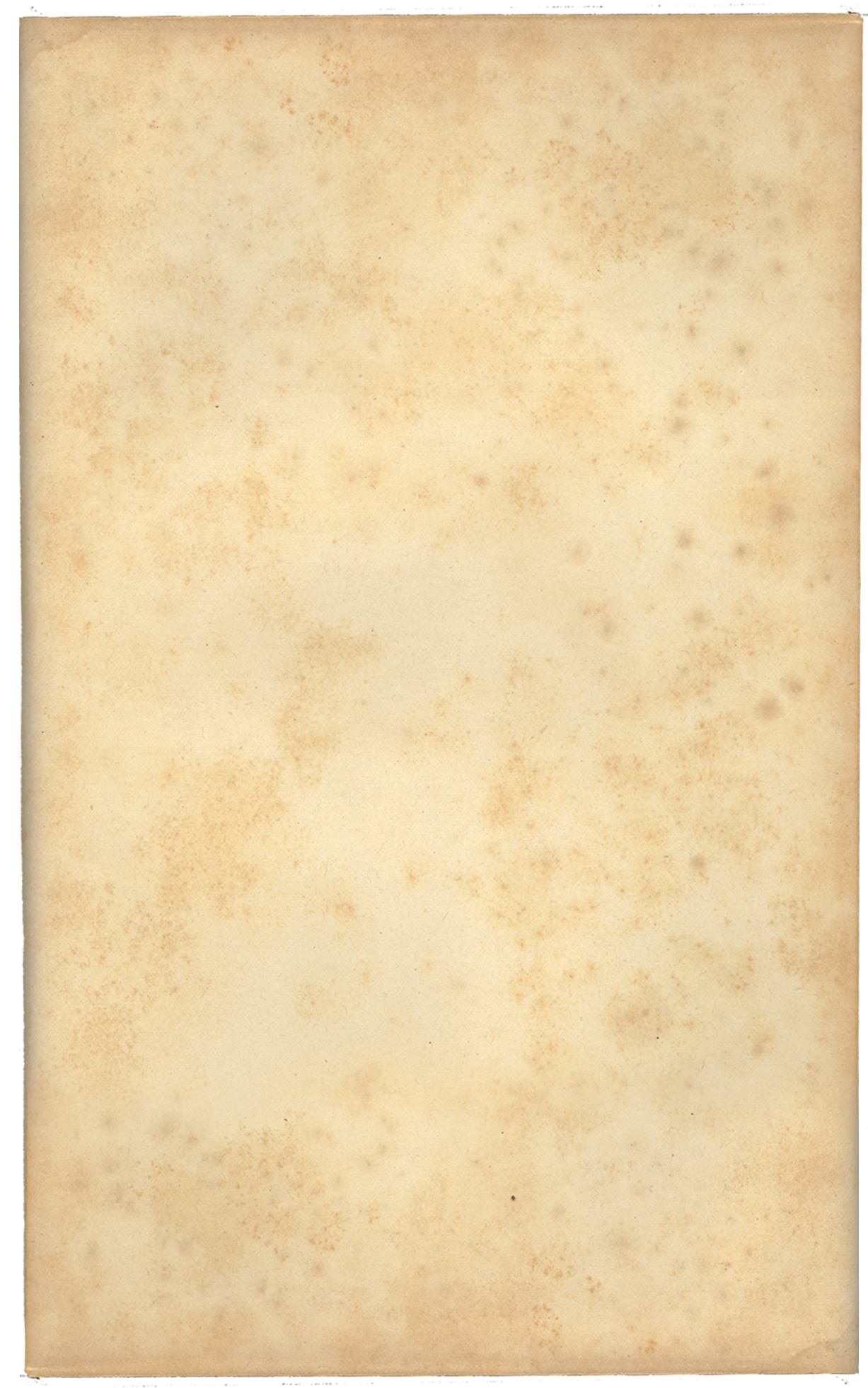






Missouri River
Major tributary of the Mississippi River. Begins at the confluence of the Madison, Jefferson, and Gallatin Rivers in Montana Territory, flows north and east into Dakota Territory, south to form the eastern border of Nebraska and east across the state of Missouri to drain the Mississippi River north of St. Louis. Named after the Siouan Indians, whose Illinois Indian name ouemessourita means “those who have dugout canoes.”[1]
In 1804, President Thomas Jefferson commissioned the Lewis and Clark Expedition to explore and map the United States' newly acquired lands of the Louisiana Purchase, to find a practical route from the East to the Pacific, establish an American presence there before European powers could lay claim, to study and catalog the region's flora, fauna and geography, and to build trade relations with the Indians.
Much of Lewis and Clark's route westward followed the Missouri River, which they immediately recognized as an important, if not vital, trade link between the Mississippi River and the American West.[2]
In May of 1819, the riverboat Independence became the first steamer to paddle up the Missouri. By 1860, paddle steamers were hauling supplies, merchandise and passengers from St. Louis as far west as Fort Benton, Montana Territory.[3]
In 1849, pioneers by the thousands began to swarm up the Missouri, generally as far as Omaha to then take the Platte River westward towards the newly discovered gold fields in California.[3]
Point Blank: In July of 1872,[4] Bret Maverick referred to Bent Forks, Nebraska, as “the hottest, dustiest, most forsaken little town west of the Missouri.”[5]
The Black Hills Gold Rush, beginning in 1875, brought prospectors, settlers and entrepreneurs of all kinds up the Missouri to Fort Pierre to then travel overland into the Black Hills of the Dakota Territory.[6]
Stampede: In April of 1877,[4] Dandy Jim Buckley traveled up the Missouri from St. Louis, following a map he bought from a dying man in Natchez leading to a site near Vermillion, Dakota Territory, where $40,000 in stolen Wells Fargo gold dust was supposedly buried.[7] Once he found the site across the river from Vermillion in Nebraska,[4] he discovered the town of Whiskey Flats had been built and the town jail was constructed on top of the buried treasure. While traveling back downriver to St. Louis to recruit his cousin for help in recovering the gold, the captain of the Far West put him off the boat for cheating at poker and marooned him on an island in the middle of the river[7] at Winnebago Bend near Salix.[4] That night, Bret Maverick, also traveling up the Missouri from St. Louis, but on his way to Deadwood aboard the Dakota Queen, was knocked out, robbed and thrown into the river. After swimming to the same island, he found Buckley and the two swam to shore the next morning.[7]
SOURCE REFERENCES
01. Missouri, (retrieved August 1, 2009) YourDictionary.com
02. Lewis, Meriwether and Clark, William, The Journals of the Lewis and Clark Expedition, edited by Gary Moulton, University of Nebraska — Lincoln's Center for Great Plains Studies
03. A Brief History of Steamboating on the Missouri River with an Emphasis on the Boonslick Region, Robert L. Dyer (retrieved July 1, 2014)
04. The Conjectural Maverick, Maverick Trails
05. Maverick, Point Blank (1957), Warner Bros. Pictures, Inc.
06. History of Dakota Territory, Vol. 1; George Washington Kingsbury, 1915 (retrieved July 1, 2014)
07. Maverick, Stampede (1957), Warner Bros. Pictures, Inc.
Home | The Maverick Saga | Trail Maps | Chronology | Maverick Lore | Production | The Inside Straight | Contact Maverick Trails
Maverick Trails is not endorsed, sponsored or affiliated with Warner Bros. Entertainment, Inc. or the Maverick franchise.
Maverick™ and its various marks are trademarks of Warner Bros. Entertainment, Inc., © 1957, 1994
©2014, 2015, 2016 Maverick Trails


